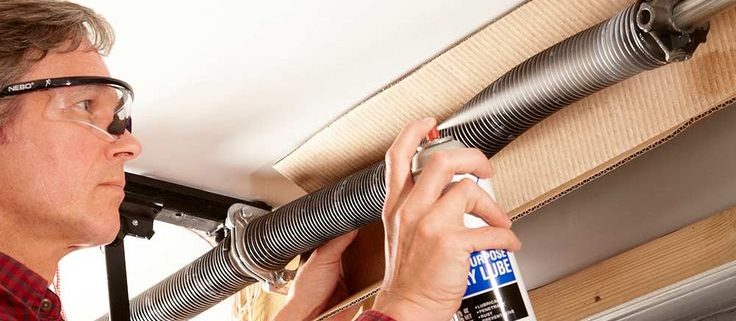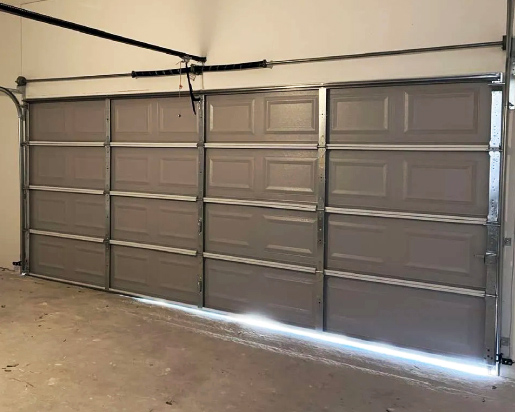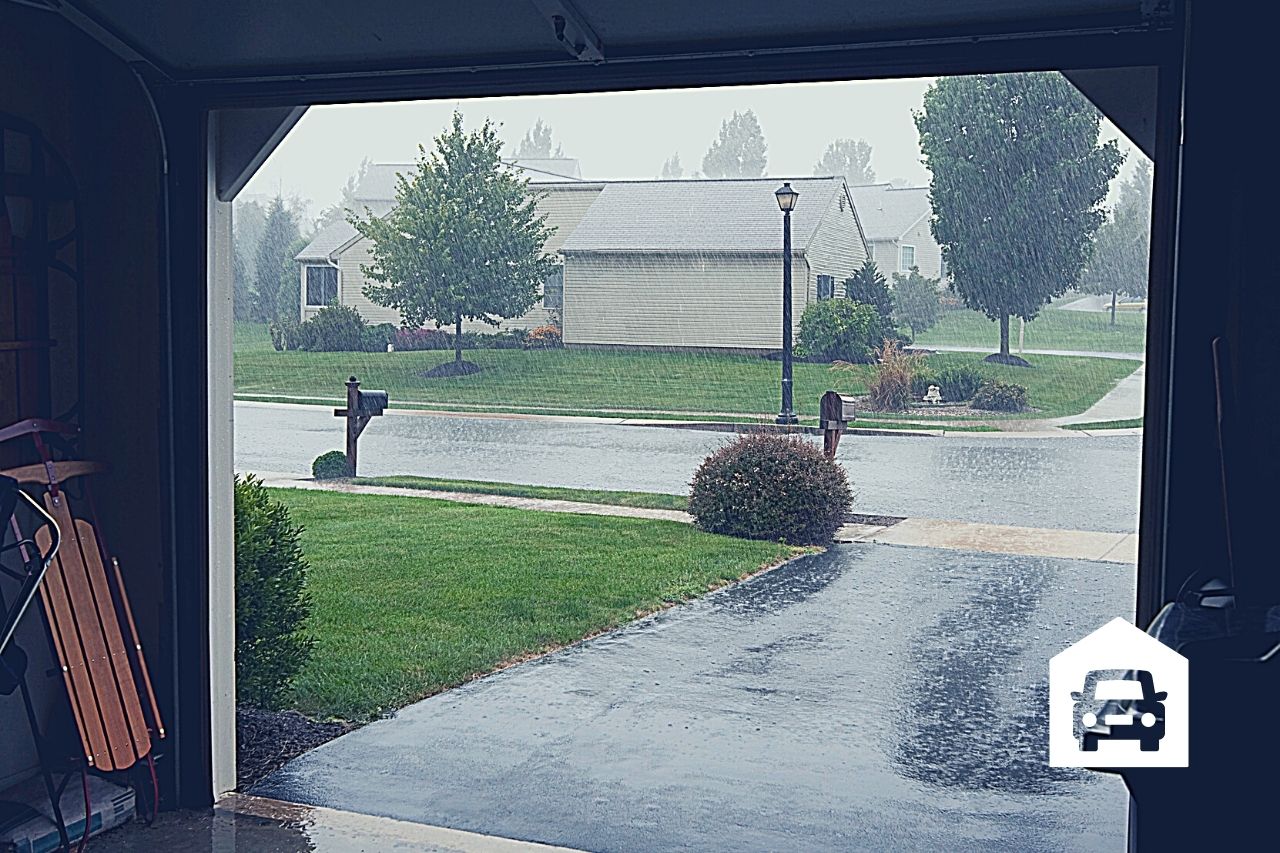What to do if you have a damaged or broken garage door torsion spring
You probably don’t think too much about how your garage door is the very picture of a fully functional, complex machine. Whether it’s opened manually or electronically, garage door opening requires multiple components and mini-processes to finish the acts of parking your car, getting out your lawnmower, or fishing the kiddie pool out for the summer.
Springs play especially big parts in the proper operation of garage doors, and torsion springs are the granddaddies of them all. They control the proper opening and closing movements of the garage door. A malfunctioning or broken torsion spring, though, can grind that activity to a half–sometimes literally.
What do torsion springs do?
Opening and closing a garage door requires a certain amount of energy and force. Like with almost any other object, consistently using a garage door over time, subjecting it to normal wear and tear, means it requires a little more force and effort each subsequent time you do so.
Torsion springs help supply that additional force. It’s installed in a horizontal position just above the garage door. When you close the door, coils in the spring twist together more tightly, helped by cables that attach it to the bottom of the door. This action—the torsion—stores more energy into the spring.
When you open the garage door, the torsion spring uncoils and expels this energy, making the job of lifting the door just a little easier. If you’ve ever opened a garage door manually, you might have felt the torsion spring working toward the end, lifting the door into its final open position.
Similarly, when you close the garage door, the torsion spring’s action helps regulate how gradually it closes. Without it, your garage door would just plop straight to the ground with no resistance.
How does a torsion spring break?
Torsion springs ultimately have a limited life span, like just about any other piece of machinery. Manufacturers in fact “rate” torsion springs according to their expected length of use—cheaper springs can be good for around 10,000 open-and-close cycles, whereas more expensive ones can last for double that time or even more.
Usual wear and tear is therefore the most common culprit of a broken torsion spring. Other factors include rust developing on the spring, or an unbalanced garage door distorting or misshaping it. Cold winters can also play a factor since freezing temperatures cause the spring to contract even further.
Common problems torsion springs develop include the widening of gaps between layers, bends in the steel, corrosion due to rust, or losing its position. A broken or damaged torsion spring may be the reason your garage door won’t open. Other symptoms include bending in the top of the garage door, creaking noises as you open or close it, the door falling fast, or failing to open even when using the “emergency rope” attached to the trolley.
What to do when a torsion spring needs fixing
Fixing a broken torsion spring is an instance when one should never feel embarrassed about seeking outside help. The nature of garage torsion springs invites danger for good reason. When the door is closed, the spring is extremely wound up. If it expands or snaps too quickly, the risk of a severe injury is pretty great. D.I.Y.’ers intent on fixing the problem on their own are advised to be almost ridiculously attentive and cautious when taking its repair into their own hands.
Our strongest piece of advice when a torsion spring needs repairing, therefore, is to call a professional, and feel positive about the expense. Although torsion springs aren’t dirt cheap, they’re far from the most expensive home item you can buy. The security of hiring someone who’s repaired or replaced dozens, if not hundreds, of torsion springs in their lifetime is well worth the added expense.
General torsion spring maintenance
You can, however, keep an eye on your torsion spring. Some minor efforts can help you improve its operation. Making sure it’s properly lubricated with WD-40, keeping a limit on garage door opening and closing, clearing space in the immediate range of the garage door, and creating alternate access ways to the garage are good preventative measures to take that can extend the life of your torsion spring.
If you must repair the torsion spring yourself, spend hours—literal hours, not minutes—learning the procedure from trustworthy sources. But honestly, the soundest thing to do is have a reputable contractor fix it with approved parts and professional procedures.


